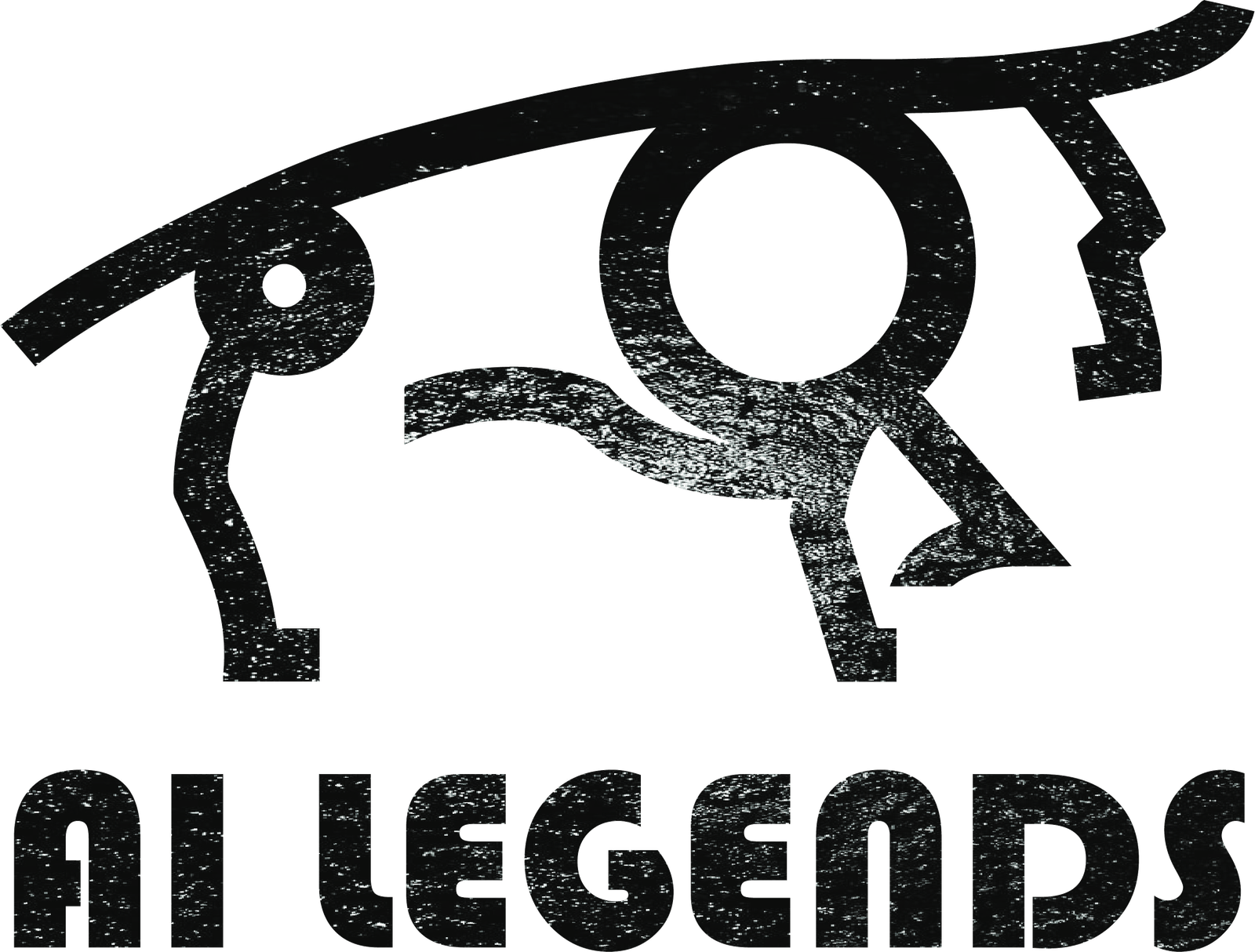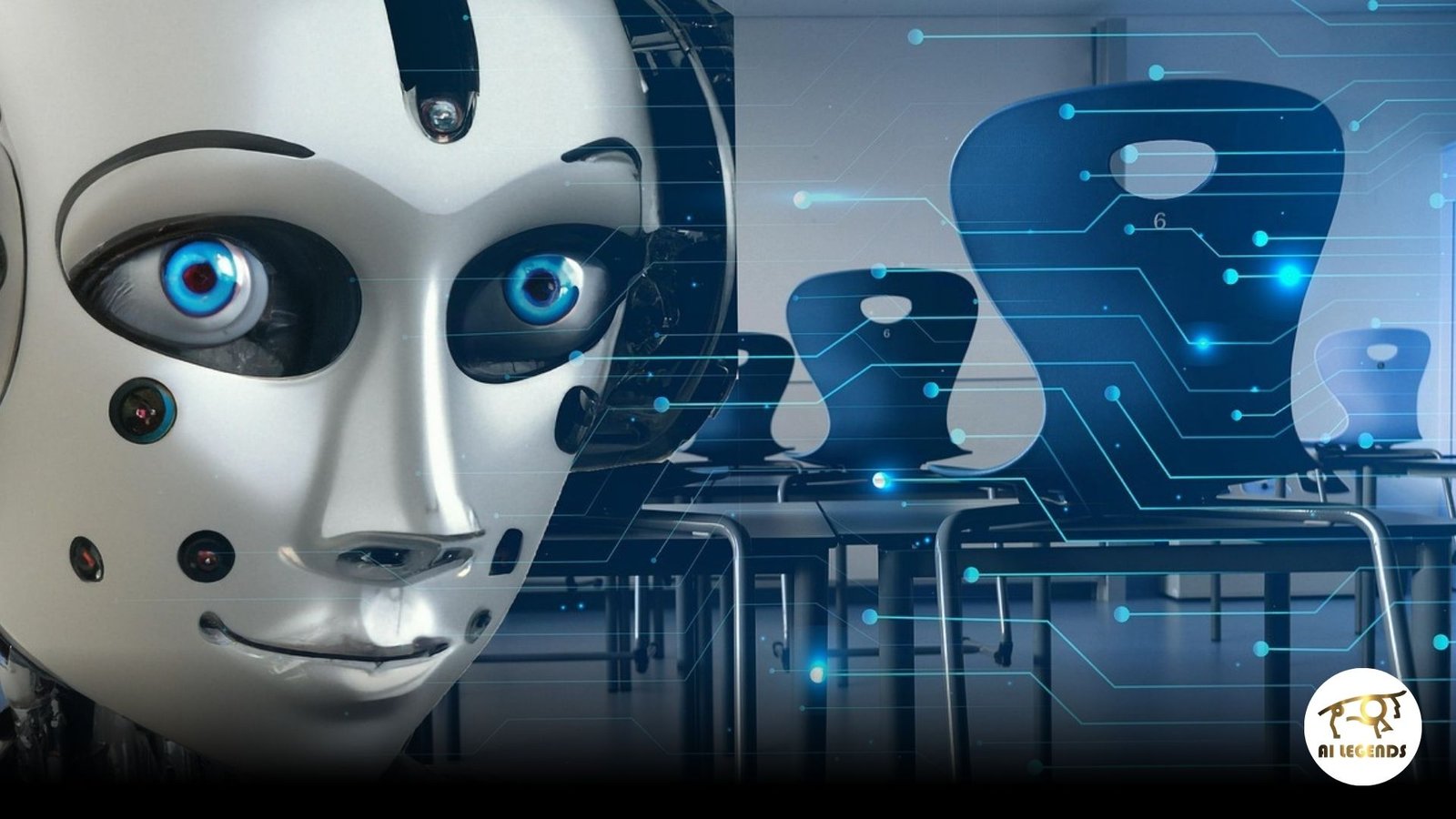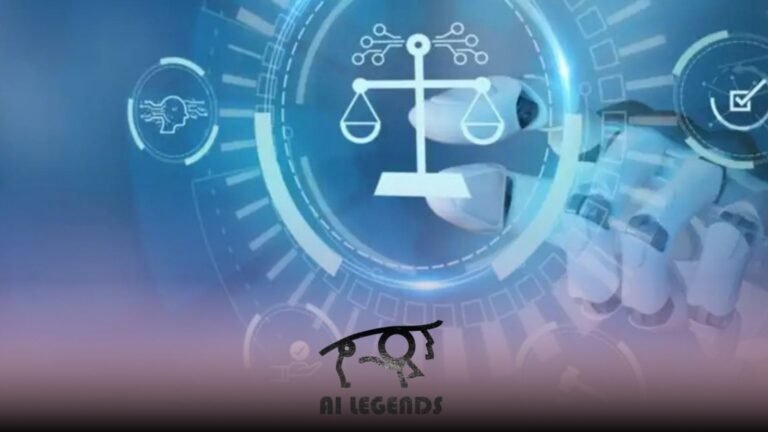ChatGPT becomes the star of new viral ‘Action Figure’ trend
The image generation feature of ChatGPT has ignited a fresh trend in personalized digital creations, particularly among LinkedIn users who are transforming themselves into action figures.
The phenomenon gained traction as users began sharing images of themselves transformed into boxed dolls, reminiscent of Studio Ghibli’s artistic style, complete with themed accessories and packaging that reflects various professions.
The latest wave of AI-generated self-representation showcases a range of variations. The prevalent format resembles that of a classic action figure or Barbie doll, featuring accessories such as coffee mugs, books, and laptops that mirror users’ professional lives. The visuals are crafted to mimic the allure of toy store showcases, featuring striking taglines and customized packaging that capture attention.
The initiative first captured interest on LinkedIn, as professionals embraced the format to present their brand identities more playfully. The “AI Action Figure” format has captured the attention of marketers, consultants, and various professionals eager to distinguish themselves as prominent figures – quite literally. The service’s popularity has gradually spread to other platforms such as Instagram, TikTok, and Facebook, although engagement continues to be predominantly focused on LinkedIn.
The image tool of ChatGPT, integrated within the GPT-4o release, is the driving force behind its capabilities. Individuals submit a high-resolution photograph of themselves, typically capturing their whole body, accompanied by a personalized prompt detailing their vision for the final image. Information often encompasses the individual’s name, accessories, fashion choices, and package specifications. Some individuals embrace a nostalgic aesthetic characterized by pink tones and sparkles, usually called “Barbiecore,” while others prefer a corporate design that aligns with their professional roles.
Refinements frequently occur. Many users use numerous image generations, adjusting accessories and rephrasing prompts until the figure aligns with their desired personality or profession. The outcome is a shiny, playful portrait that blurs the boundaries between humor and personal branding.
The toy-style trend may not have achieved the same viral impact as the Ghibli portrait phenomenon, yet it continues to generate consistent content across various platforms. The hashtags #AIBarbie and #BarbieBoxChallenge have seen a surge in popularity, prompting several brands, such as Mac Cosmetics and NYX, to engage in the trend swiftly. Public figures have also participated, with US Representative Marjorie Taylor Greene standing out by sharing a doll representation of herself, complete with accessories such as a Bible and a gavel.
Amidst the excitement, it is essential to note that engagement levels vary significantly. Many posts garner minimal engagement, while numerous prominent influencers have steered clear of the trend. Nonetheless, it underscores the increasing prominence of ChatGPT in mainstream online culture and its capacity to engage with users’ creativity through relatively straightforward tools.
This marks yet another instance of ChatGPT’s image generation tool causing significant strain on the platform. The popularity of Ghibli-style portraits led to an unprecedented spike in demand, prompting OpenAI to impose temporary restrictions on image generation for free accounts. CEO Sam Altman characterized the influx of users as “biblical demand,” highlighting a significant increase in daily active users and the resulting strain on infrastructure.
The trend surrounding Barbie and action figures, albeit on a smaller scale, mirrors this trajectory by leveraging ChatGPT’s user-friendly interface and its increasing recognition as a creative resource. The emergence of viral AI visuals has sparked extensive discussions surrounding identity, aesthetics, and how individuals present themselves in digital environments. In contrast to the Ghibli portrait phenomenon, this trend has primarily escaped significant criticism – at least for the time being.
The format’s allure can be attributed to its straightforward nature. The platform provides users with an opportunity to interact with AI-generated art, eliminating the need for technical expertise while fulfilling a desire for self-expression. The outcome presents a blend of professional headshots, novelty toys, and visual humor, creating a surprisingly adaptable format for sharing on social media.
Some observers regard the toy model phenomenon as merely a gimmick. In contrast, others perceive it as a glimpse into the potential that arises when AI tools are directly accessible to users.
Whether it’s a miniature version of oneself clutching a coffee mug or a Barbie-inspired figure poised for display, ChatGPT is once more transforming how individuals portray themselves in the digital era.






